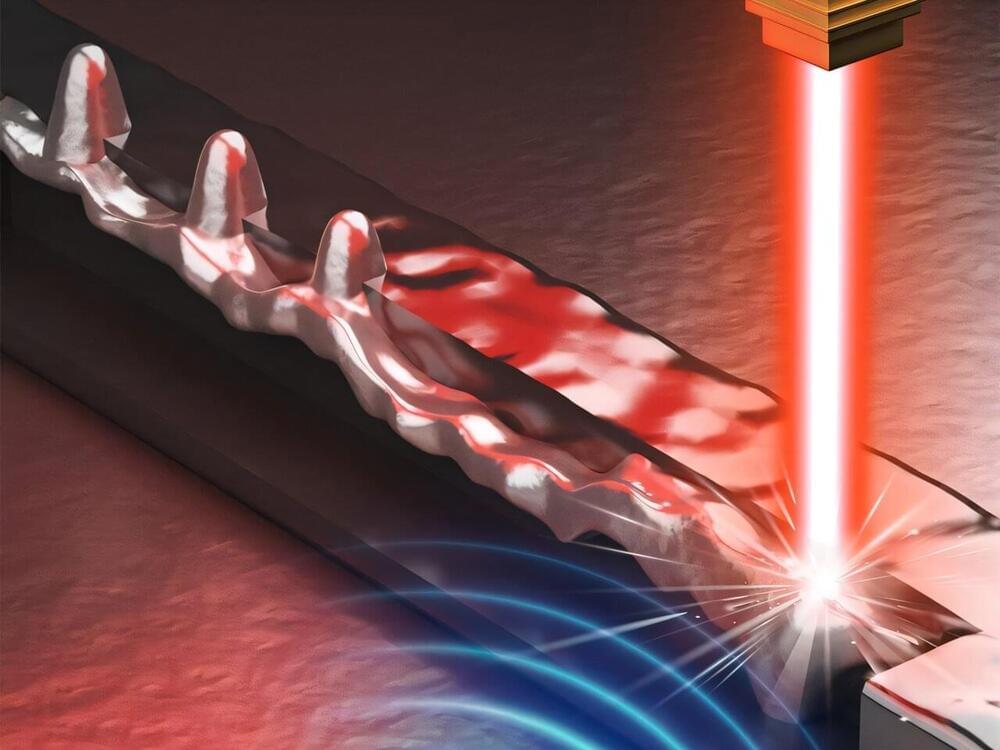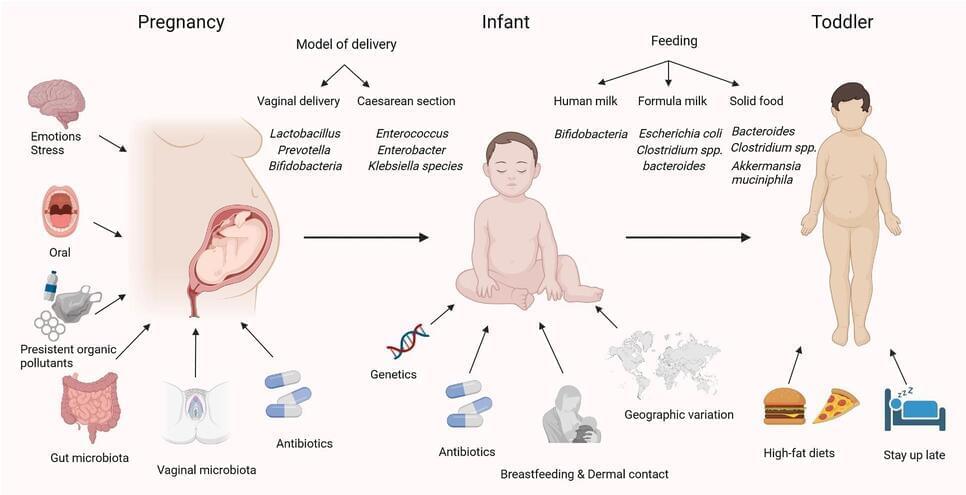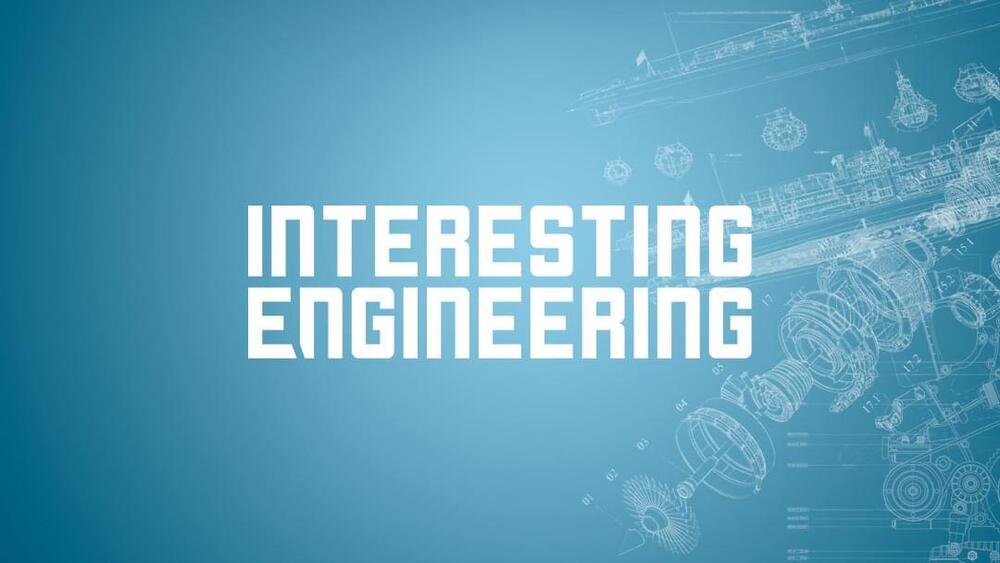The ability to regulate one’s own food intake is essential to the survival of both humans and other animals. This innate ability ensures that the body receives the nutrients it needs to perform daily activities, without significantly exceeding calorie intake, which could lead to health problems and metabolic disorders.
Past neuroscience studies suggest that the regulation of food intake is supported by specific regions in the brain, including the hypothalamus and caudal nucleus of the solitary tract (cNTS), which is part of the brainstem. This key region in the brainstem is known to integrate sensory signals originating from the gut and then transform them into adaptive feeding behaviors.
While previous research has highlighted the key role of the cNTS in food intake regulation, the unique contribution of the different neuron subtypes within this brainstem region and the mechanisms by which they regulate feeding remain poorly understood. Better understanding these neuron-specific mechanisms could help to devise more effective therapeutic interventions for obesity and eating disorders.







